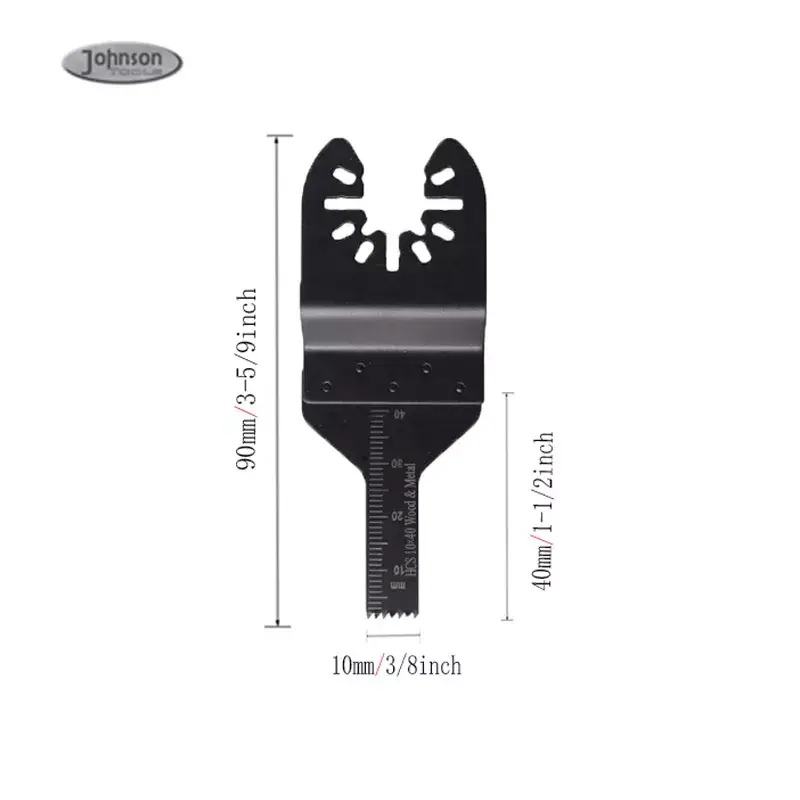Global Leading Diamond Tool Manufacturer.
Optimize Your Laminate Flooring Cutting with the Best Saw Blade for Laminate Flooring
Laminate flooring has become a popular choice for homeowners, offering durability, affordability, and a wide array of styles. Achieving a flawless installation, however, requires precise cutting techniques. The saw blade you choose is a critical factor in this process. A well-chosen saw blade can make all the difference in ensuring a professional finish and maximizing efficiency.
Understanding Laminate Flooring and Its Layers
Laminate flooring consists of four main layers, each designed to provide specific benefits:
- Wear Layer: Protects the floor from scratches and stains.
- Core Layer: Offers durability and stability.
- Decorative Layer: Provides the unique color and pattern.
- Back Layer: Enhances adhesion and moisture resistance.
Understanding the composition of laminate flooring is essential. The layers interact to create a durable and aesthetically pleasing surface, but they can also be delicate if not handled properly. Using the wrong saw blade can lead to damage, such as chipping, splitting, or warping, which can compromise the quality of your installation.

Exploring Different Types of Saw Blades
Choosing the right saw blade for laminate flooring involves considering several factors such as durability, cutting efficiency, and finish quality. Heres a breakdown of the three main types:
1. Carbide-Tipped Blades:
- Durability: Highly durable and can withstand repeated use.
- Effectiveness: Good for cutting through various materials, but may produce a rougher finish.
- Suitability: Ideal for new installers or for cutting through multiple layers of laminate flooring.
2. Diamond-Coated Blades:
- Durability: Extremely durable and can handle tough materials.
- Effectiveness: Offers a smooth cut and minimal splintering.
- Suitability: Best for experienced installers or installations requiring a high-quality finish.
3. Ceramic Blades:
- Durability: Highly durable and efficient in cutting a wide range of materials.
- Effectiveness: Provides a clean, smooth cut and is resistant to heat and wear.
- Suitability: Suitable for both new and experienced installers, particularly in high-volume operations.
When selecting a saw blade, consider the blade size and tooth count. A blade with a higher tooth count, typically between 80 and 100, offers a smoother cut and reduces the risk of overheating.
Techniques and Best Practices for Cutting Laminate Flooring
Accurate and precise cutting is essential for a professional laminate flooring installation. Follow these steps to achieve optimal results:
1. Measure and Mark:
- Carefully measure the space and mark the lines where you need to cut.
- Use a straight edge to ensure straight and even cuts.
2. Prepare the Saw:
- Attach the appropriate saw blade to your circular saw.
- Ensure the blade is sharp and properly aligned.
- Adjust the saw to the correct height and angle for the cut.
3. Cut the Laminate:
- Make the initial cut along the marked line.
- Use steady and smooth motion to minimize vibration and chipping.
- For larger or more complex cuts, start with a larger piece and work your way down.
4. Safety Precautions:
- Wear protective gear, including safety glasses and ear protection.
- Keep your fingers clear of the blade at all times.
- Ensure the work area is well-ventilated and free from clutter.
5. Maintain a Steady Motion:
- Keep the saw blade slow and steady to avoid chipping or warping.
- Use a guiding tool if necessary to maintain a straight cut.
Comparative Analysis: Performance of Saw Blades
Below is a comparison of different saw blades based on cutting efficiency, durability, and finish quality:
- Carbide-Tipped Blades: Moderate cutting efficiency, high durability, fair finish quality.
- Diamond-Coated Blades: High cutting efficiency, very high durability, excellent finish quality.
- Ceramic Blades: High cutting efficiency, very high durability, excellent finish quality.
Real-life scenarios highlight the importance of choosing the correct blade. For example, using a diamond-coated blade on a hard subfloor results in a much smoother and less chippy cut compared to a carbide-tipped blade.
Maintenance and Storage of Saw Blades
Proper maintenance and storage are crucial for the longevity of your saw blades. Follow these tips to keep your blades in optimal condition:
1. Cleaning:
- Clean the blade after each use to remove dust and debris.
- Use a soft brush or compressed air to gently clean the teeth.
2. Sharpening:
- Sharpen the blade regularly to maintain its cutting edge.
- Use a ceramic blade sharpener or a file if necessary.
3. Storage:
- Store the blade in a dry place, away from moisture and direct sunlight.
- Avoid stacking heavy objects on top of the blade to prevent damage.
Troubleshooting Common Issues with Laminate Flooring Cutting
Common problems during cutting can be frustrating but are usually solvable with the right approach:
1. Chipping:
- Causes: Dull blade, improper cutting speed.
- Solution: Use a fresh, sharp blade and maintain a steady cutting speed.
2. Splitting:
- Causes: Excessive force, incorrect blade type.
- Solution: Use a blade designed for laminate flooring and apply even pressure.
3. Warping:
- Causes: Inconsistent cuts, too much vibration.
- Solution: Use a guiding tool and ensure a steady, even cutting motion.
Real-life examples can provide additional insight. For example, in one installation, using a diamond-coated blade instead of a carbide-tipped blade resulted in a much smoother and less chippy cut.
The Key to Successful Laminate Flooring Installation
Choosing the right saw blade is crucial for a successful laminate flooring installation. By selecting the appropriate blade, following best practices, and maintaining your tools, you can achieve professional results and minimize errors. Investing in quality tools and adhering to proper techniques ensures a seamless and long-lasting floor.
the choice of saw blade significantly impacts the outcome of your laminate flooring project. Whether you are a beginner or an experienced installer, taking the time to choose the right tool can save you time, money, and frustration. Optimize your cutting process and enjoy a beautiful, flawless finish for your laminate flooring.

